
Artifact Spotlight: Frank Gusenberg’s Colt .38 Special Revolver
Gun found at St. Valentine’s Day Massacre crime scene linked to one of the seven shooting victims
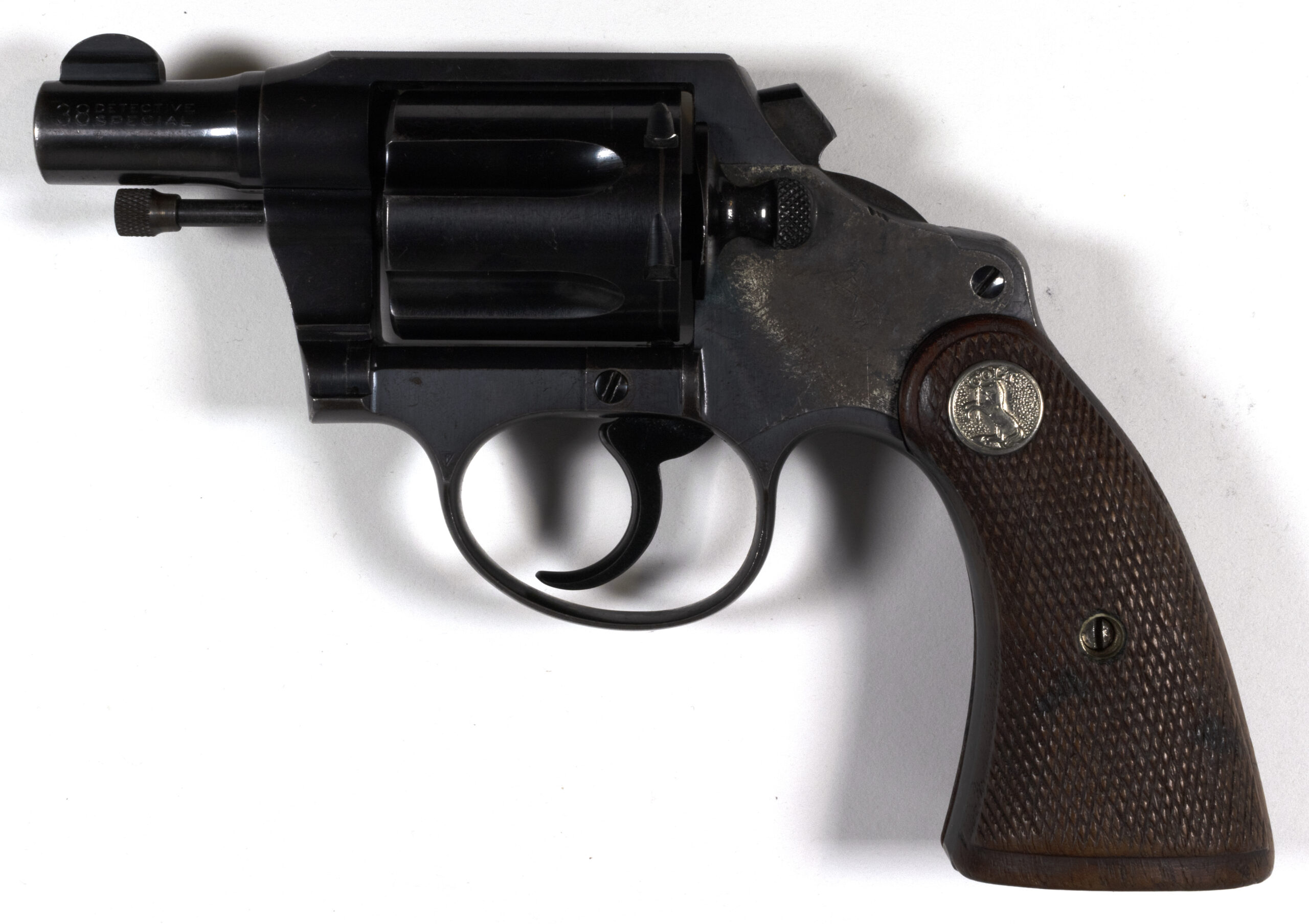
Police found only one firearm at the St. Valentine’s Day Massacre crime scene: a .38 Special revolver. The fully loaded gun was a smaller caliber than the spent casings scattered at the crime scene, so it wasn’t fired during the carnage. The revolver’s owner, North Side Gang enforcer Frank Gusenberg, had been rushed to the hospital in a futile effort to save him from 14 bullet wounds.
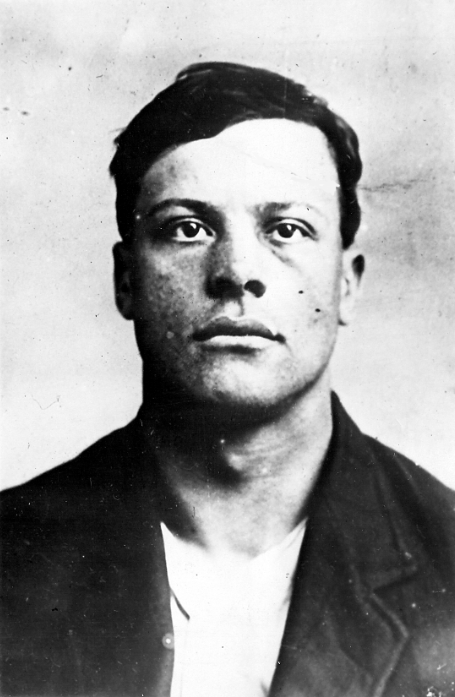
Frank, his brother Pete and five other members and associates of the North Side Gang were waiting in a North Clark Street garage in Chicago for their boss, George “Bugs” Moran, to show up. Four men, two dressed in police uniforms, entered the garage. It appears the seven men were told to line up against a brick wall, and then the assailants delivered a barrage of bullets from two Thompson submachine guns and a shotgun. Police arrived at the scene after a neighbor was alerted by the traumatized wailings of Highball, a German Shepherd chained to the axle of a truck inside the garage.
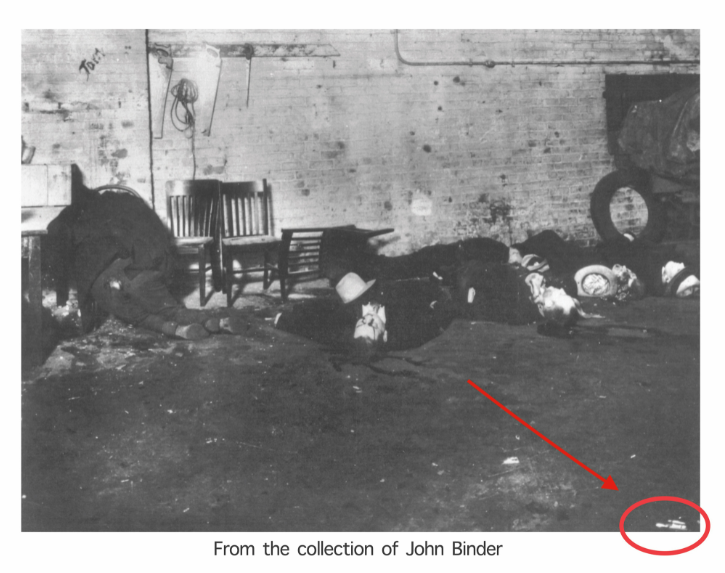
The revolver was collected as evidence by Sergeant Thomas J. Loftus, one of the first officers at the scene. Loftus was also the one who called an ambulance for the wounded Frank. After restoring the obliterated serial number with a special acid solution, investigators linked the gun to Frank Gusenberg as well as firearm dealer Peter Von Frantzius, known as the “Armorer of Gangland.” Von Frantzius also supplied one of the Thompson submachine guns used in the Massacre.
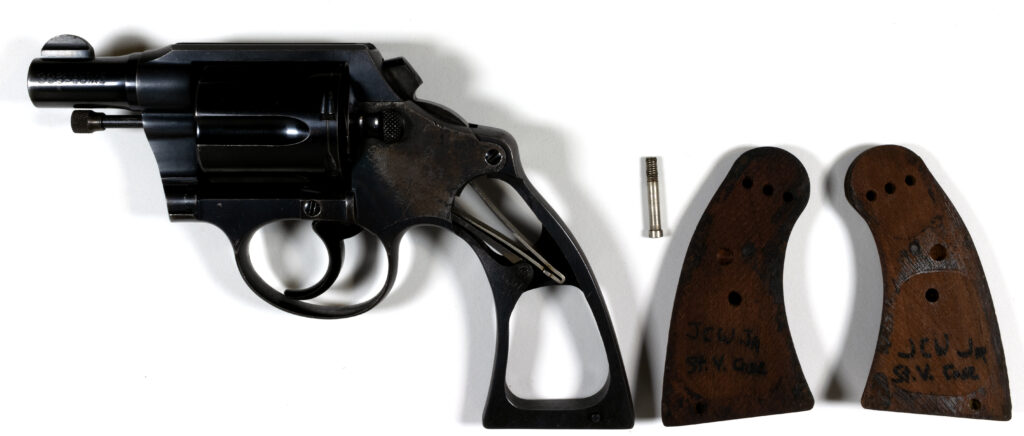
Because of the possibility that police were involved, Cook County Coroner Herman Bundesen decided the initial investigation would be conducted by a coroner’s jury, rather than the police. The jury brought in Dr. Calvin Goddard, father of forensic ballistics and firearms examination, who opened a crime lab at Northwestern University. Goddard ruled out police involvement by testing firearms used by Chicago’s police officers, none of which matched the bullets and casings from the crime scene.
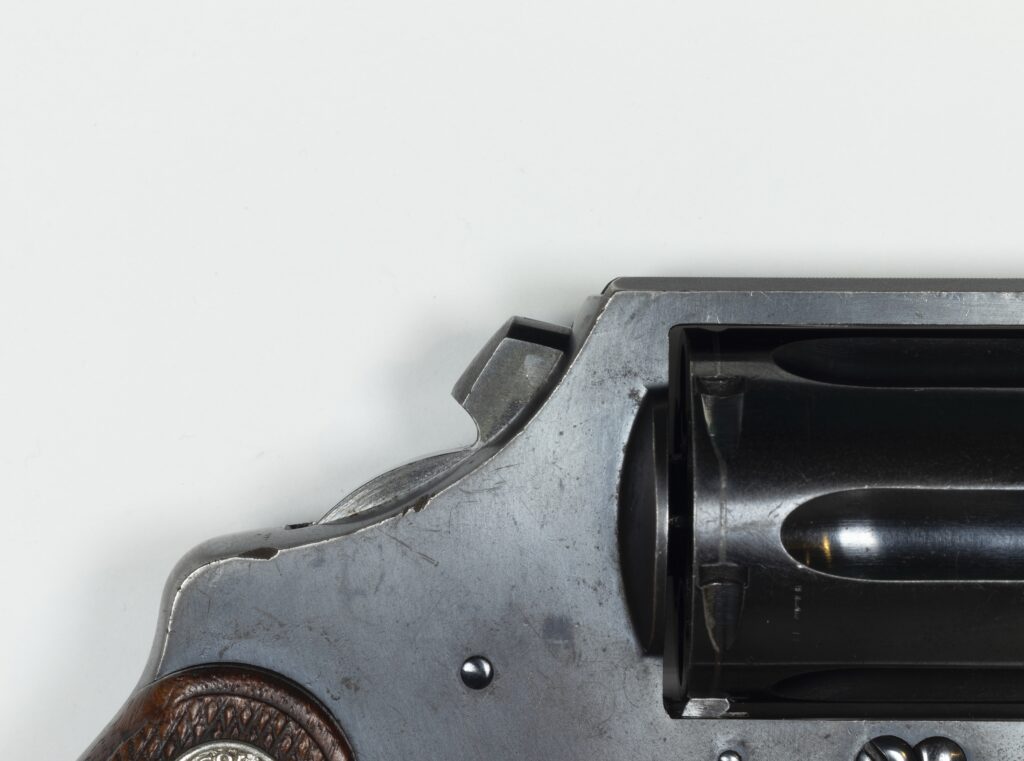
The Thompson submachine guns used in the Massacre were found 10 months later in Berrien County, Michigan, in the home of suspect Fred “Killer” Burke. Goddard’s ballistics analysis concluded they were the same guns used in the Massacre.
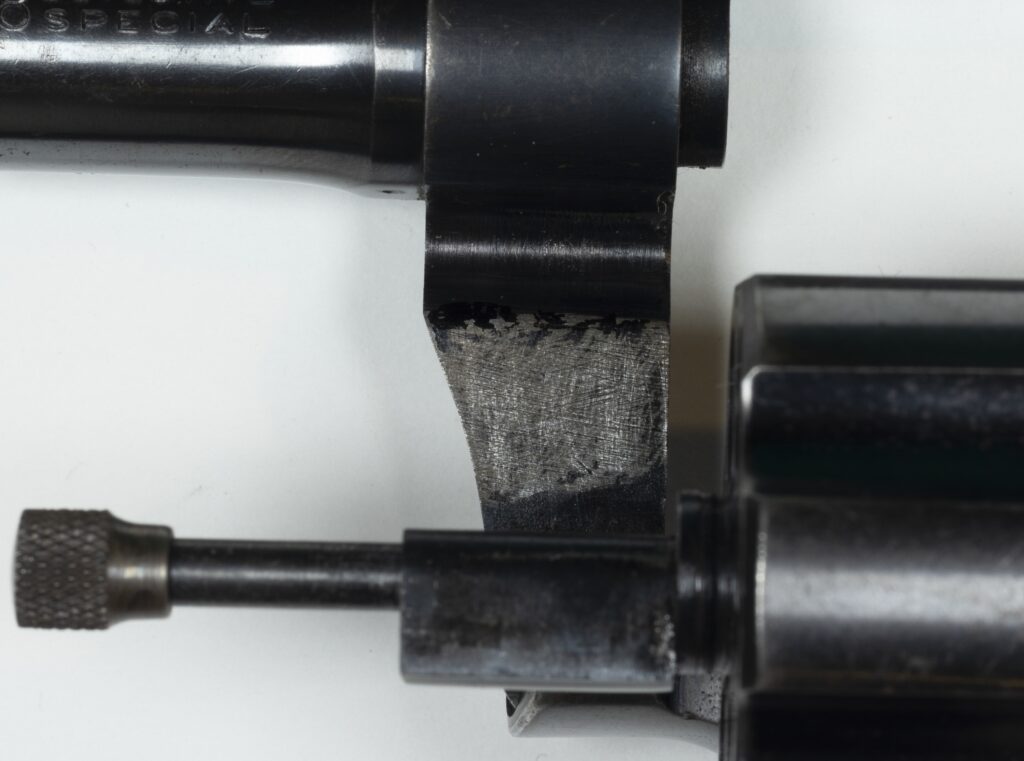
After the investigation concluded and Goddard moved back to New York, Goddard’s assistant and criminologist Joseph Wilimovsky kept all the evidence, except for the Tommy guns, and took it with him to Madison, Wisconsin. The evidence remained with his family for decades until collector Neal Trickel acquired it in the 1980s. The Museum acquired the evidence from Trickel.
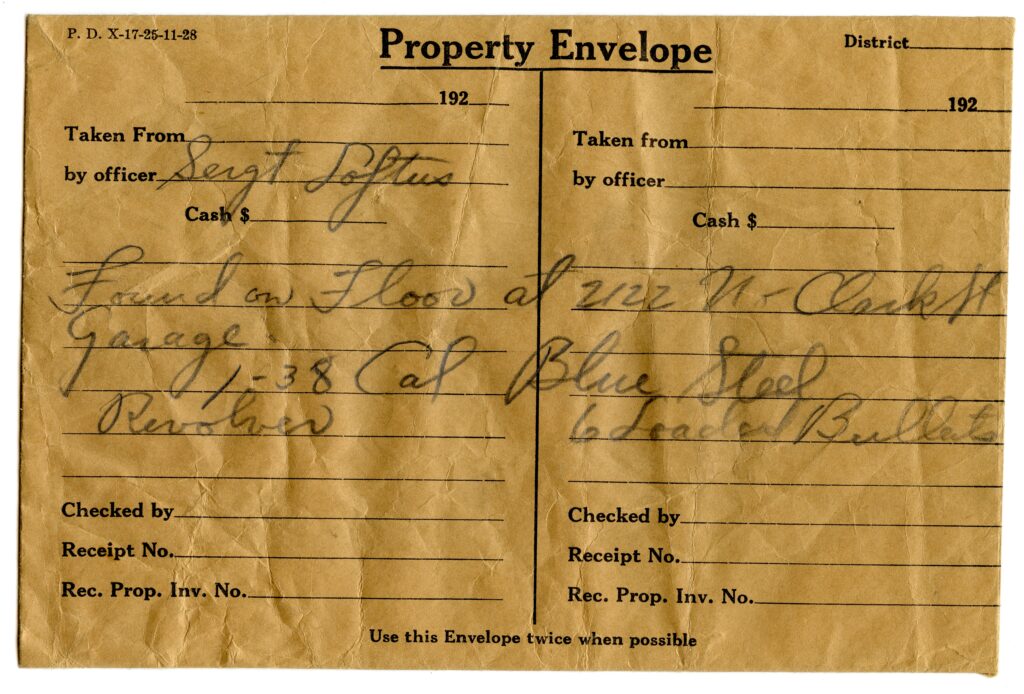
Visit stvalentinemassacre.org to learn more about the St. Valentine’s Day Massacre.
Feedback or questions? Email blog@themobmuseum.org





